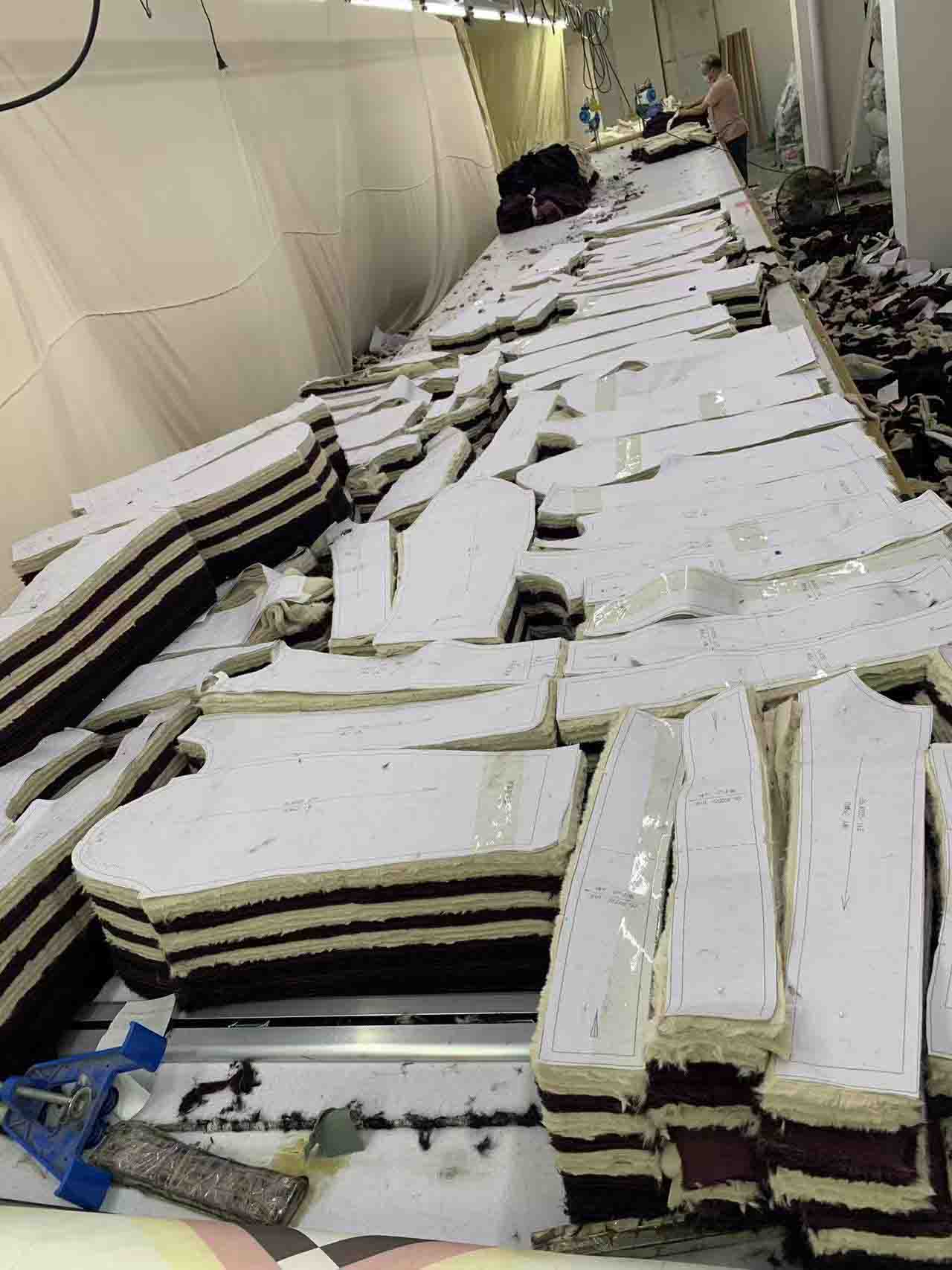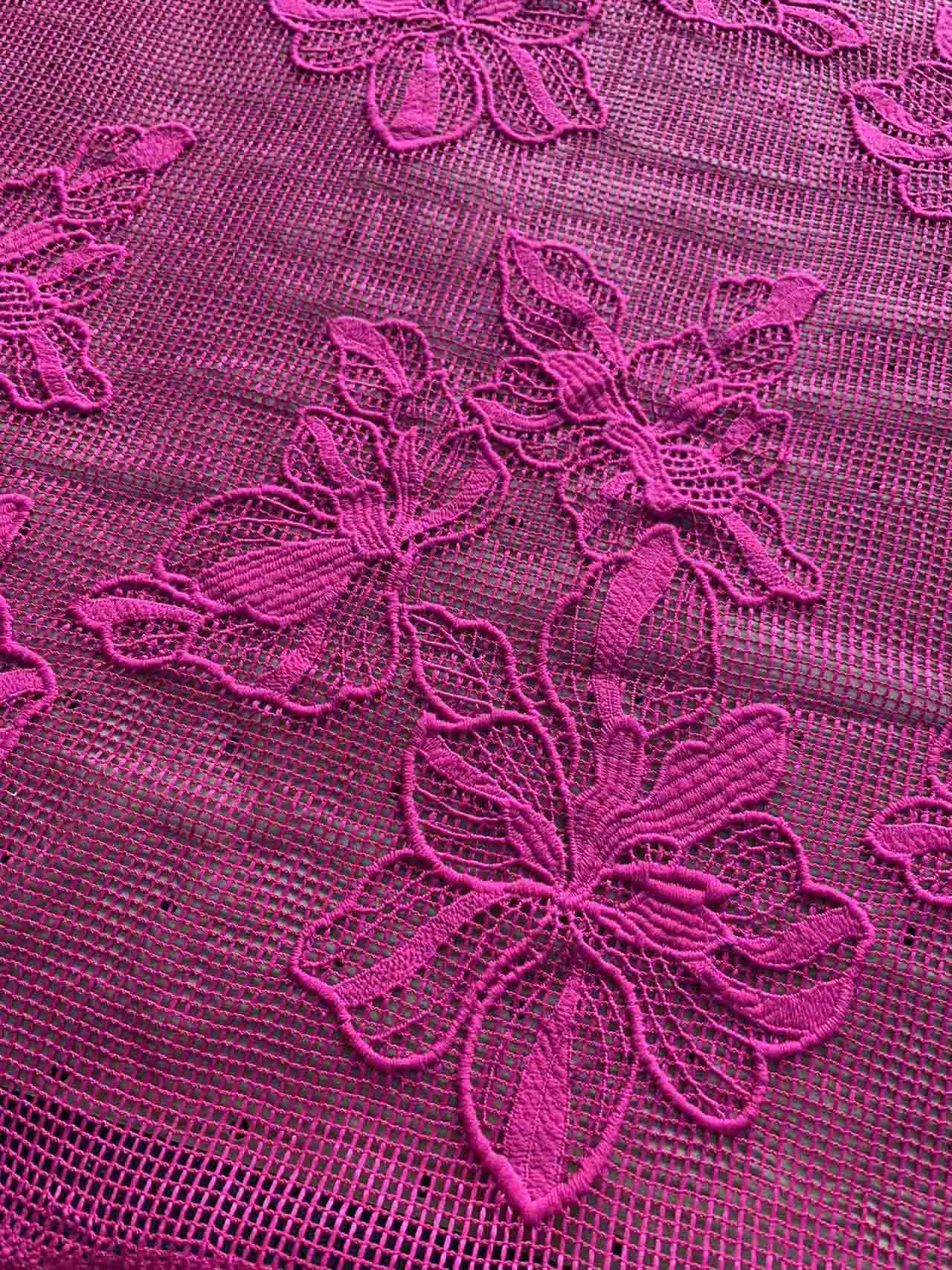Guangzhou, China — 2025.
China’s womenswear manufacturing sector is in the middle of a quiet revolution — and this time, it’s not about cheap labor or fast production cycles. Instead, the nation’s leading factories are leaning hard into premium craftsmanship, traceable supply chains, and boutique-level quality control, positioning themselves as indispensable partners for global fashion brands hunting for reliability in an increasingly unpredictable market.
For decades, China’s garment industry was defined by scale. But in 2025, scale alone doesn’t cut it. Younger consumers demand refined tailoring, sustainable fabrics, micro-trend adaptation, and quality that holds up under high-definition social media scrutiny. And Chinese factories — particularly in hubs like Guangzhou, Hangzhou, and Dongguan — are responding with precision machinery, upgraded workshops, and highly trained sample teams capable of couture-level detailing.
A New Benchmark for Quality
Across the Pearl River Delta, many womenswear factories have shifted from mass-market orders to smaller, more curated production runs. The upgrades are visible everywhere: 3D cutting systems, automated pattern-digitizing stations, AI-supported QC lines, and pressing rooms that resemble luxury ateliers more than industrial floors.
“We’re not just sewing clothes anymore — we’re engineering garments,” said Chen Liying, head of production at a leading Guangzhou womenswear facility. “Brands now expect immaculate linings, clean plackets, smooth waist seams, invisible zipper insertions, and lace or chiffon handling that requires top-tier craftsmanship. That level of work isn’t ‘fast fashion.’ It’s fashion, full stop.”
Innovation Meets Tradition
While technology is helping optimize production, the soul of the industry still sits in the hands of veteran pattern makers and senior sewing technicians — many with 20 to 30 years of experience — who oversee the details that machines can’t perfect.
Tech and tradition together are producing womenswear that feels more premium, more stable in quality, and more aligned with the global rise in “quiet luxury” aesthetics.
Sustainability as a Core Selling Point
Environmental requirements from Europe and the U.S. have pushed Chinese factories to adopt recycled materials, OEKO-TEX certified dyes, and fully traceable packaging.
Some factories now offer full sustainability documentation alongside production orders — a service that was almost unheard of a decade ago.
Smaller MOQs, Bigger Flexibility
Instead of demanding massive orders, high-quality womenswear factories are increasingly accepting lower MOQs, helping overseas boutiques and emerging designers break into the market without overwhelming upfront costs.
This shift is attracting young fashion brands worldwide, many of whom are rapidly forming long-term partnerships with Chinese suppliers known for stability and transparency.
Positioning for 2025 and Beyond
With geopolitical tensions and shifting global supply chains reshaping where brands choose to manufacture, China’s high-quality womenswear factories are betting big on craftsmanship, customization, and consistency.
If they continue on this path, industry experts believe China could strengthen its role not just as the world’s largest producer of apparel — but as the global leader in premium womenswear manufacturing.
Post time: Nov-24-2025




